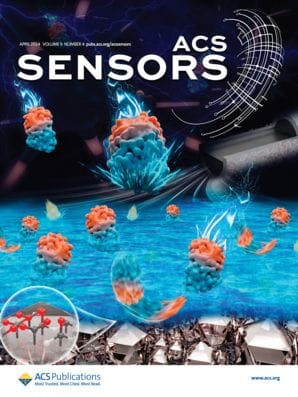Enjoy some chemistry with a spooky seasonal twist! From lab-grown brains to spider-inspired tech, these four recent studies in ACS journals are more treat than trick.
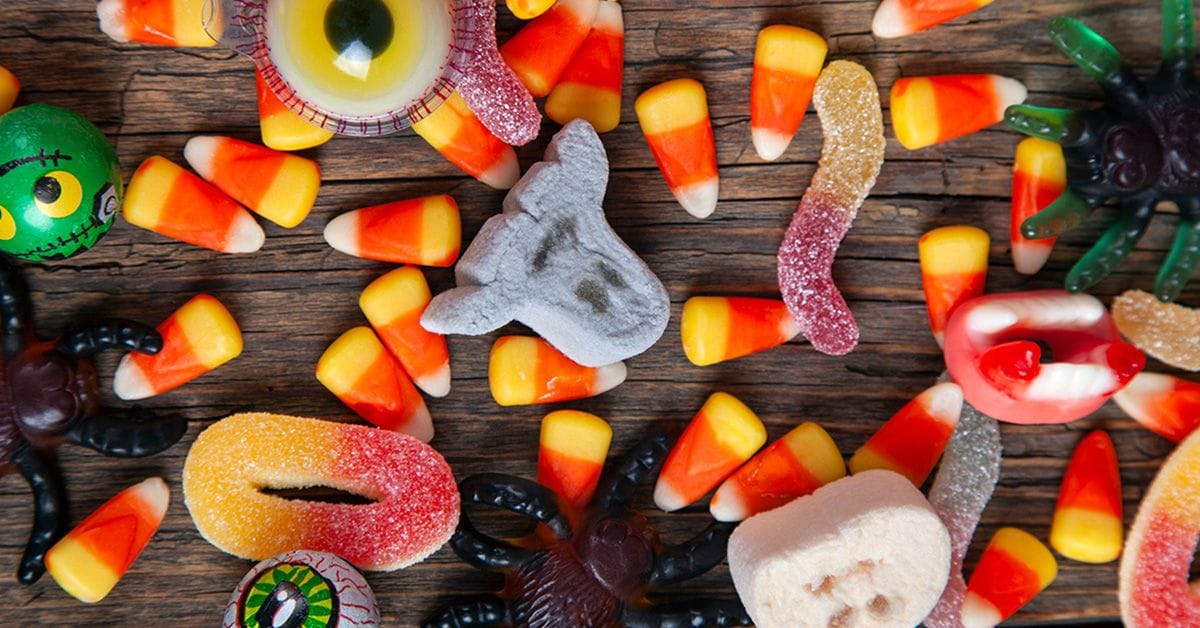
Brains, spiders, (were)wolves and slimy eyeballs — a collection of creepy research topics that Dr. Frankenstein would appreciate! But unlike the mad scientist’s work, the research detailed below in ACS journals aims to improve human life by developing an alternative to animal testing, on-demand wound care, an edible protective coating for veggies, and informing future retinal health studies.
Tiny, lab-grown brains
Researchers report in ACS Sensors that they grew a brain organoid in a petri dish to advance the study of neural networks without laboratory animals. After 2 years, the team’s cultured human nerve cells divided and self-organized into a 3D “mini-brain” with electrophysiological activity. Further development of this technology could lead to a brain model for researching the organization and communication patterns of human brain tissue, or maybe a lab-grown lunch option for zombies.
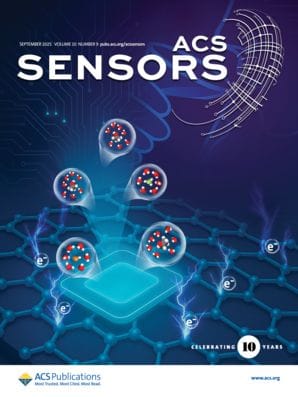
Inkjet-Printed 3D Sensor Arrays with FIB-Induced Electrode Refinement for Low-Noise Amperometric Recordings in hiPSC-Derived Brain Organoids
DOI: 10.1021/acssensors.4c03740
A web-slinging glove
By attaching spider-like spinneret devices to a glove, researchers created a “handy” system to deploy thin polymer fibers in the air. The fibers could spin wound dressings on the fly (pun intended) in hospitals, sports arenas and military field operations. Experiments with the glove are detailed in ACS Applied Materials & Interfaces and do not include bites from radioactive spiders.
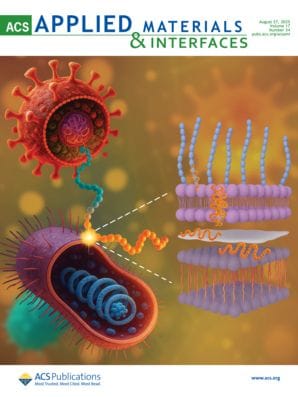
Wearable, Ultralow Power, and Needleless Electrospinning Equipment for Cannabidiol-Loaded Patch Fabrication
DOI: 10.1021/acsami.5c14853
Wolf apple coatings
According to a paper published in ACS Food Science & Technology, a food-safe coating made from wolf apples could be a cost-effective, edible material for extending produce shelf life. Researchers extracted starch from the hearty Brazilian fruit, a staple of the maned wolf’s diet, and then applied it to baby carrots. The coated veggies maintained their bright orange color and were safe to eat after a full moon…or 15 days of room-temperature storage.

Characterization of Solanum lycocarpum Starch and Its Application as Edible Coating in Minimally Processed Baby Carrots
DOI: 10.1021/acsfoodscitech.5c00182
Microplastics in eyeballs
A paper in Environmental Science & Technology Letters reports a foundational study characterizing microplastics in human retinas. The researchers looked at 12 post-mortem human retinas (no eye of newt here) and found plastic particles of various types and levels in all of them. According to the team, these findings provide a crucial foundation for future studies on the potential risks and impacts of microplastics on eye health.
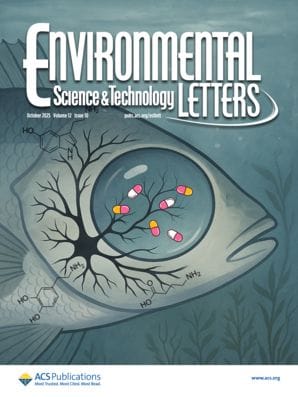
Detection and Characterization of Multiple Microplastics in the Human Retina
DOI: 10.1021/acs.estlett.5c00903
